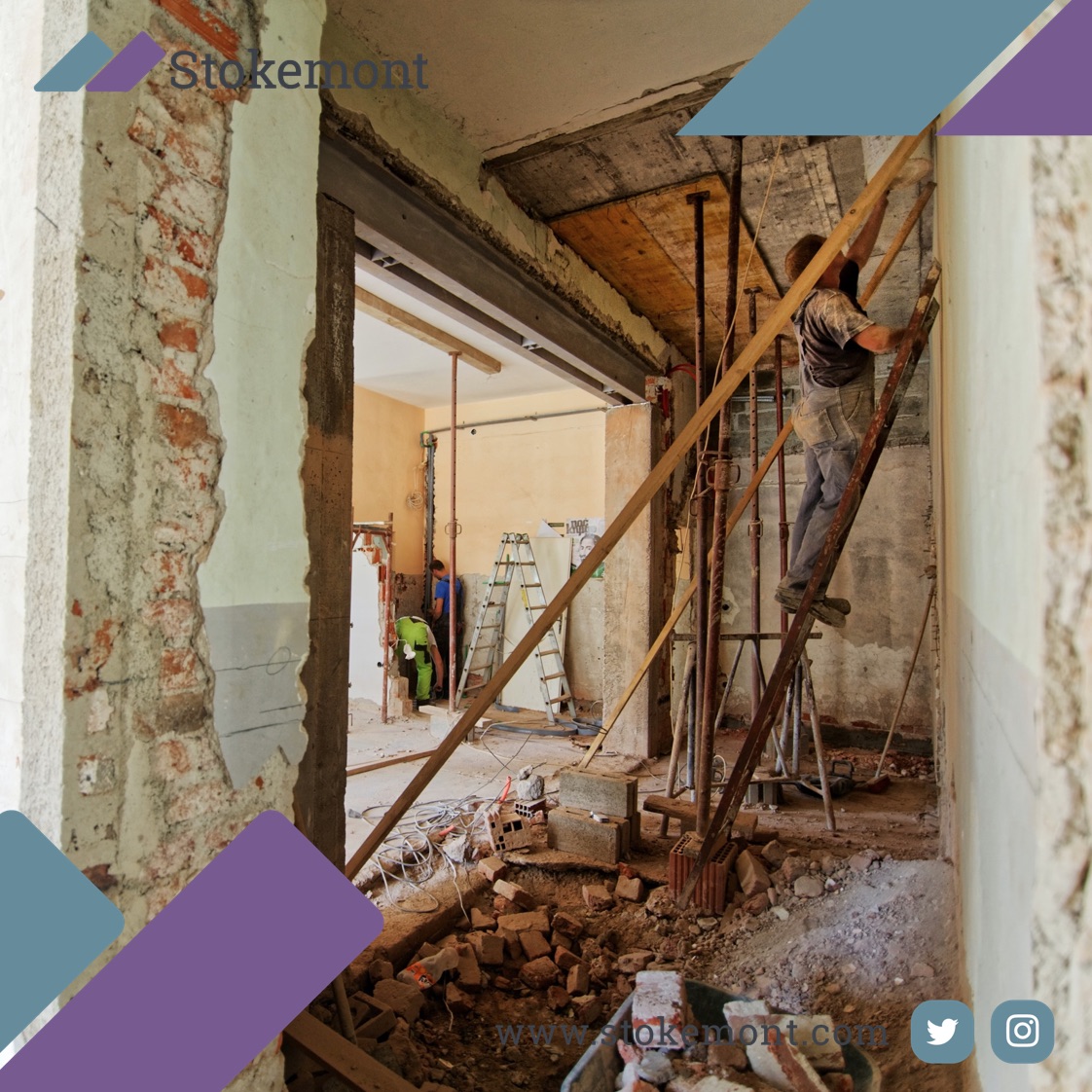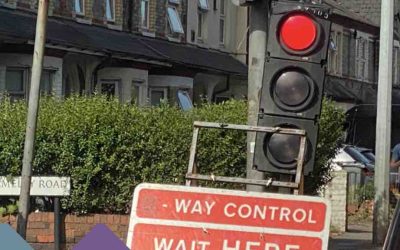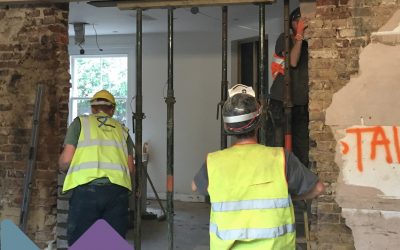In today’s Property Surveying blogpost, we are going to be taking an in-depth and thorough look at Licence for Alterations procedures. Licence for Alterations procedures are one of the most common services that our surveyors here at Stokemont undertake on a daily basis. Over the years we have seen Licence for Alterations matters range from the very straightforward and simple, to those that are highly complex with multiple hurdles along the way to the Licence Agreement.
This blogpost is going to be taking a look at some of the most common hurdles and pitfalls that we have seen over the years.
Absolute Covenant
An Absolute Covenant within a property lease is by far one of the biggest hurdles, if not the biggest hurdle that a Licence for Alterations matter can be presented with.
An Absolute Covenant is a restrictive covenant, and ultimately means that the lease will restrict and stop the leaseholder from being able to undertake any planned alterations works to their property.
If you are unlucky enough to have this clause within your lease, we would advise you take legal advice very early on, as really it is unlikely you are going to be able to undertake any of the planned works due to the existence of the covenant itself.
We would also advise that you take this advice very early on, as the last thing you would want to do is find this out after having paid for architectural fees, Planning Permissions, Listed Building Consents, or any other fees.
Demised Space
The second hurdle that we often see here at Stokemont, is leaseholders wrongly assuming that part of the space that they want to develop and use is part of their property.
A good example of this would be loft space above a top floor flat.
While there may be a loft hatch within the leaseholder’s demise running up to the loft space, and for years this space may have been used as part of the leaseholder’s storage solutions, unless the loft space itself is formally demised to the subject flat, then from a legal perspective there is no right to use it as part of their planned works.
The usual solution here, is that the leaseholder would purchase the space from their landlord, with an RICS-registered valuer and chartered surveyor having to value the space, in order to advise both the leaseholder and the freeholder as to a fair market premium and rate for the space itself.
This presents itself as a hurdle, as in many cases the valuation can be far aside of the leaseholder’s expectations, and the proposed development work out-of-tilt, resulting in them not taking place.
Leaseholder Issues
Another hurdle that can commonly present itself, albeit it is a relatively easy one to overcome, is leaseholder issue with the proposed works.
In many cases leaseholders, especially those who reside in the property, are going to take a key interest in the proposed works, mainly because they are going to be affected by them during the course of the construction process.
They may stipulate significant impacts on the works such as reduced working hours, temporary protections, or other forms of necessary pre-works’ revisions.
Overall, these are relatively straightforward aspects to overcome, it is simply a matter of ensuring that the necessary procedures and protocols are administered and in place prior to the works commencing.
Freeholder Enquiry
Another major hurdle can be the approach in which the freeholder administers the Licence for Alterations.
Freeholders will have the legal right to appoint their own representation, this can include, however is not restricted to, the input of a chartered surveyor, the input of a solicitor, the input of an advising engineer and so on.
All of these additions will not only add cost to the overall process, they will also increase the amount of time that it takes to get the Licence for Alterations agreed.
These various professionals will require input from the leaseholder’s team, often with these inputs and responses coming at the cost of time, while investigations are made.
While this is a hurdle, a well-prepared leaseholder is likely to be able to easily leap over it, and avoid too dramatic of an effect on the proposed works and planned alterations.
Soundproofing
Carpets have become an increasingly outdated interior design decision, with many leaseholders now opting for timber floors, or some other form of hard flooring.
Unbeknown to a great deal of leaseholders, leases are usually restrictive on the installation of hard floor surfaces, such as:
- Timber flooring.
- Laminate boards.
- Tiles.
- Vinyl sheeting.
This is not because the freeholder has a particular interest or profit share in the sale of carpets, instead it is very much down to considering the impact that these hard floor surfaces will have on the leaseholder (or leaseholders) beneath the subject flat.
Carpets will naturally absorb a significant amount of both impact and airborne sound, and therefore the introduction of them will deaden the impact from noise from one flat/leaseholder demise to another.
Once this is changed to a hard surface, there is naturally going to be a larger transmission of sound between the two neighbouring and adjoining flats.
This is therefore going to create a nuisance that the leaseholder beneath has a bona fide claim against in the future. The only way to demonstrate that this nuisance will be avoided, is for the leaseholder undertaking the works to not only undertake a percussive sound test prior to the works taking place, they will also need to install some form of sound-deadening underlay, which can be an incredibly costly endeavour, usually hundreds of pounds per square metre.
Finally, once they have installed the necessary deadening underlay, they will also need to undertake a further acoustic test, to confirm that the changes have not impacted the acoustic levels between the two respective flats.
Again, while this hurdle is relatively easy to overcome, overcoming it does come at a cost.
To put this into perspective, a pre- and post-work sound test is likely to cost in the region of £700-£1,000 per visit. While the sound-deadening underlay, as previously mentioned, is likely to be in excess of £100 per m2, potentially closer to the £150 per m2 mark is indeed a good type of underlay is installed.
Whatever the hurdle that is presented, in many cases a good surveying team will have a procedure in place to avoid and prevent a significant impact onto the leaseholder’s planned works, budget and timings.
If you would like to discuss Licence for Alterations procedures with our team of qualified and experienced RICS surveyors, please feel free to give us a call today, and we will be more than happy to assist and advise you.
We also have a free service whereby a leaseholder, or a freeholder for that matter, can pop over the proposed plans and a copy of the lease. Our team of surveyors will then review those, provide you with some information as to the typical type of issues that we tend to see for similar works, and also give you an understanding of what the alterations covenant within the lease is, so that you are fully abreast of these.
If you would like to take us up on this offer, all you need to do is pop over the lease and drawings via our Contact Us page or e-mail, and we will be more than happy to review those in due course and get back to you.




